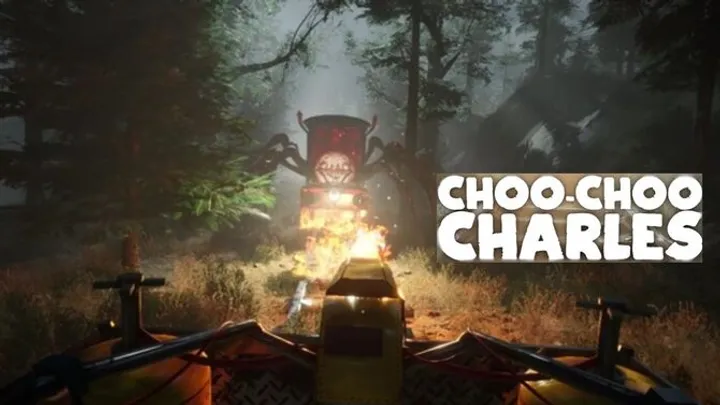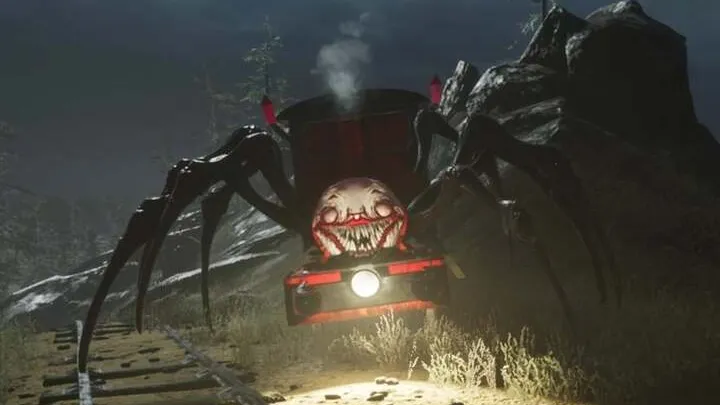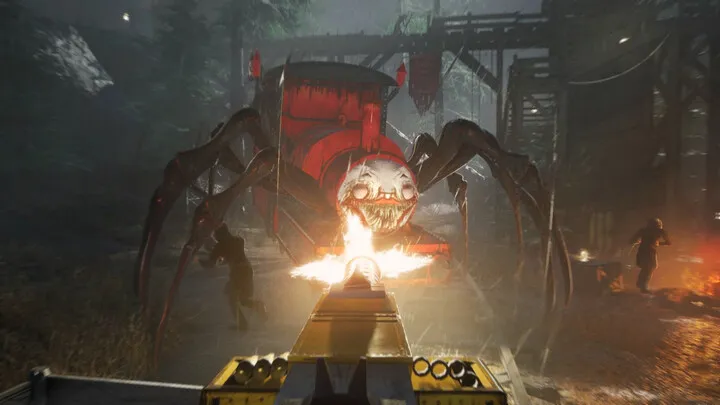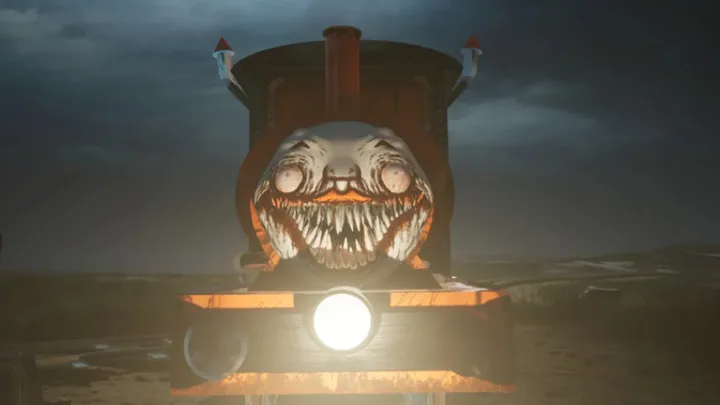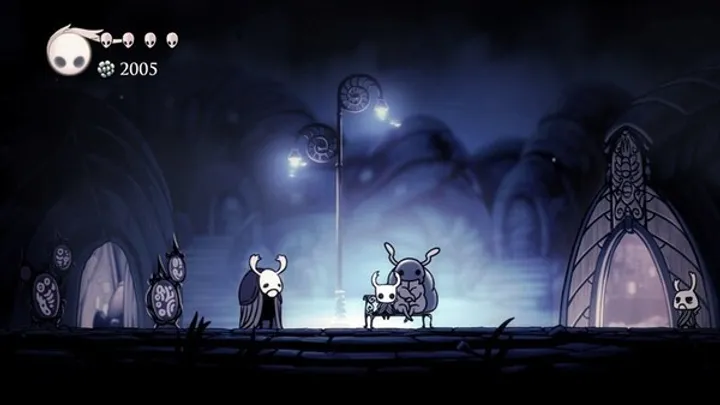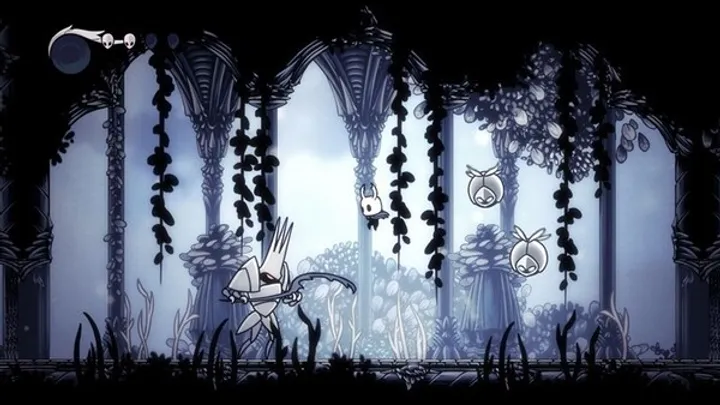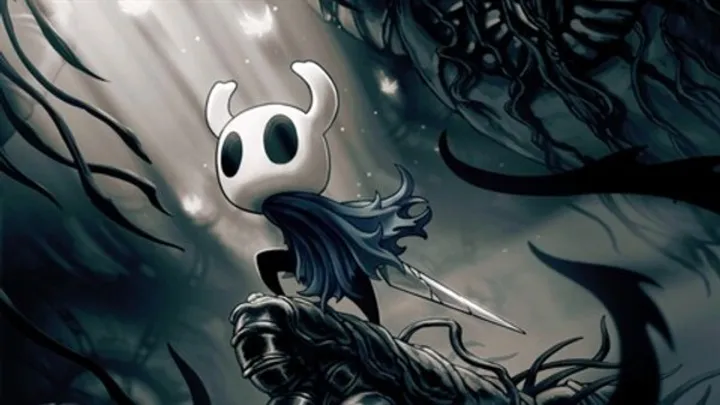At first glance, Animal Party looks like a cute and simple game—colorful animal characters, slapstick physics, and cheerful arenas. But beneath its playful surface lies something much deeper: a fascinating study of chaos, control, and human behavior. Similar to Gang Beasts and Fall Guys, the game thrives on unpredictability, yet what makes Animal Party special is how it turns randomness into strategy, friendship into rivalry, and laughter into competition. This article dives into one of the game’s most compelling issues: how Animal Party balances chaos with control, creating an experience that’s both hysterically funny and strategically complex.
1. The Origin of Animal Party: From Indie Concept to Multiplayer Phenomenon
A Game Built for Laughter
Animal Party began as an indie experiment that fused ragdoll physics with animal costumes. The idea was simple—drop players into physics-driven arenas and let them fight, push, throw, or accidentally eliminate each other in hilarious ways. What started as a small project soon became a viral multiplayer hit, celebrated for its unpredictability.
The Core Appeal
Players are drawn not by deep lore or high-end graphics, but by moments—the sudden reversals, the accidental victories, the ridiculous animations that make every match unpredictable. It’s a party game designed to break friendships and build memories in equal measure.
Defining Early Features
- Physics-based brawling and unpredictable movement
- Customizable animal avatars
- Interactive arenas with hazards and traps
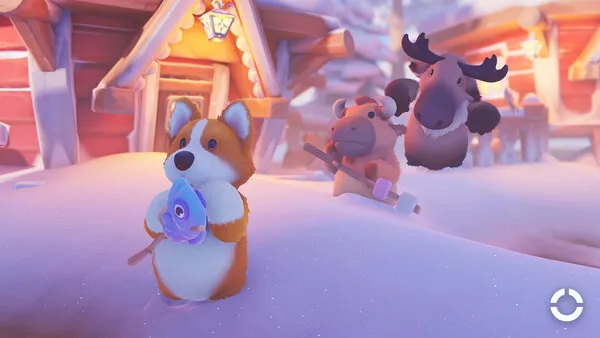
2. The Mechanics of Chaos: A System That Defies Control
Physics as the Core Mechanic
Unlike traditional fighting games with precise controls, Animal Party uses floppy, unsteady physics to make every move uncertain. Punches swing wildly, grabs misfire, and jumps turn into tumbles. This intentional clumsiness creates tension and comedy in equal parts.
The Power of Unpredictability
The brilliance lies in unpredictability. Players can’t plan every move; they must react. Victory feels earned precisely because control is partial. The chaos forces adaptability, blending humor with genuine skill.
3. Balancing Fun and Frustration
The Line Between Randomness and Fairness
One of Animal Party’s biggest design challenges is maintaining fairness within its absurd chaos. Players often ask: “Was that my fault, or just bad physics?” Developers must fine-tune physics engines to ensure mishaps feel funny, not unfair.
Emotional Design
Frustration is part of the fun. The developers built each arena to create emotional highs and lows—moments where victory seems impossible, then suddenly achievable through sheer luck or clumsy genius.
Examples of Emotional Design in Action
- Slippery ice levels that cause hilarious chain reactions
- Explosive barrels that turn underdogs into winners
- Moving platforms that demand accidental teamwork
4. The Psychology of Play: Friendship and Rivalry
Cooperation in Chaos
Despite its chaotic design, Animal Party often creates spontaneous cooperation. Two players might work together to knock out a third—only to turn on each other seconds later. The temporary alliances and betrayals reflect real social behavior, turning the game into a microcosm of human interaction.
Laughter as Reward
Unlike traditional games where rewards are measured in points, Animal Party rewards laughter. The shared experience of failure is just as satisfying as winning. This emotional connection is what keeps players coming back.
5. The Role of Physics-Based Humor
Comedy Through Mechanics
The humor in Animal Party doesn’t come from dialogue or story—it comes from motion. The awkward flailing, delayed responses, and absurd impacts turn every mistake into a comedic moment.
Emergent Humor
No two matches are ever the same. The game’s physics system ensures that every encounter produces unique outcomes. This emergent humor transforms simple mechanics into endless replayability.
Examples of Emergent Situations
- Two players grabbing each other and tumbling off a cliff together
- A banana peel causing a domino effect of chaos
- Random explosions launching someone to victory
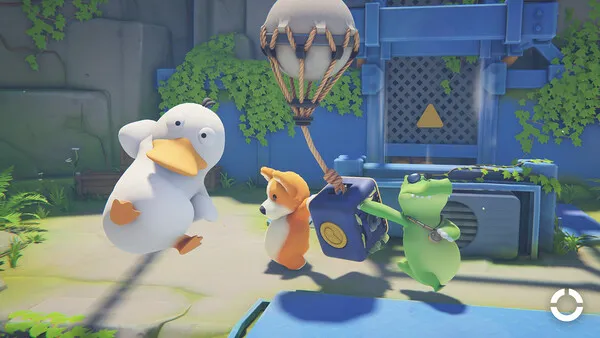
6. The Art of Design: Cute Meets Brutal
Visual Irony
One of Animal Party’s strongest appeals lies in its contrast—adorable animals performing violent, absurd acts. This visual irony softens the chaos, making even brutal fights feel charming.
Animation as Communication
The exaggerated movements aren’t just for laughs—they also communicate game state. Players can read their opponents’ positions and intentions through motion rather than UI. This visual clarity keeps the chaos understandable.
7. Multiplayer Dynamics: The Heart of the Experience
Local vs Online
Animal Party thrives in both couch co-op and online play. Locally, it’s a party staple—friends laugh, scream, and sabotage each other in real time. Online, it becomes a competitive playground, where strategy slowly emerges from disorder.
The Social Experience
The real gameplay isn’t on screen—it’s in the room (or the voice chat). The trash talk, the laughter, and the collective disbelief form the true core of the experience.
Player Archetypes in Animal Party
- The Trickster – loves chaos, thrives on causing trouble
- The Strategist – tries to master timing and map control
- The Hero – aims for fairness but usually ends up betrayed
- The Spectator – eliminated early, but laughing the hardest
8. The Hidden Depth: Strategy Beneath the Slapstick
Learning the Physics
Though Animal Party looks silly, skilled players learn its physics systems—how to manipulate grabs, balance momentum, and predict falls. Over time, a meta-game emerges. Mastery feels accidental, but it’s very real.
Arena Mastery
Each map offers unique environmental hazards that can be used strategically. Knowing when to push, when to hold, or when to let go separates amateurs from experts.
Advanced Strategic Insights
- Timing jumps on moving platforms to outlast others
- Using environmental hazards as improvised weapons
- Mastering balance recovery after a hit
9. The Challenge of Longevity: Keeping Chaos Fresh
Avoiding Repetition
A core challenge for physics-based games is replay fatigue. Once the novelty fades, chaos can feel repetitive. Developers must constantly introduce new arenas, hazards, and characters to sustain engagement.
Community and Customization
Player-generated content can extend the game’s life. Level editors, costume packs, and mod support help keep the chaos new. This also strengthens community creativity, ensuring the fun remains spontaneous.
Future Longevity Tools
- Seasonal events and tournaments
- Custom map sharing systems
- Cross-platform multiplayer updates

10. The Future of Animal Party: Expanding the Chaos
From Party Game to Competitive Platform
While Animal Party began as casual fun, it has potential for structured competition. Skill-based ranking systems and tournament formats could attract dedicated players, blending casual fun with esports-like tension.
Maintaining Its Soul
However, developers must protect what makes Animal Party special: its unpolished charm. Too much balance or systemization could kill the fun. Its beauty lies in the imperfection—where every tumble and mistake feels uniquely yours.
Conclusion
Animal Party is more than just another physics-based party game—it’s a brilliant piece of chaos engineering. Its clumsy movement, unexpected outcomes, and spontaneous humor make it a reflection of both friendship and frustration. It’s a reminder that games don’t need perfect control to be fun; sometimes, the most memorable moments come from losing control entirely.
The genius of Animal Party lies in how it turns unpredictability into art. Whether you’re screaming at your friends, laughing at your failures, or celebrating impossible victories, one truth remains clear: chaos has never been this cute.








